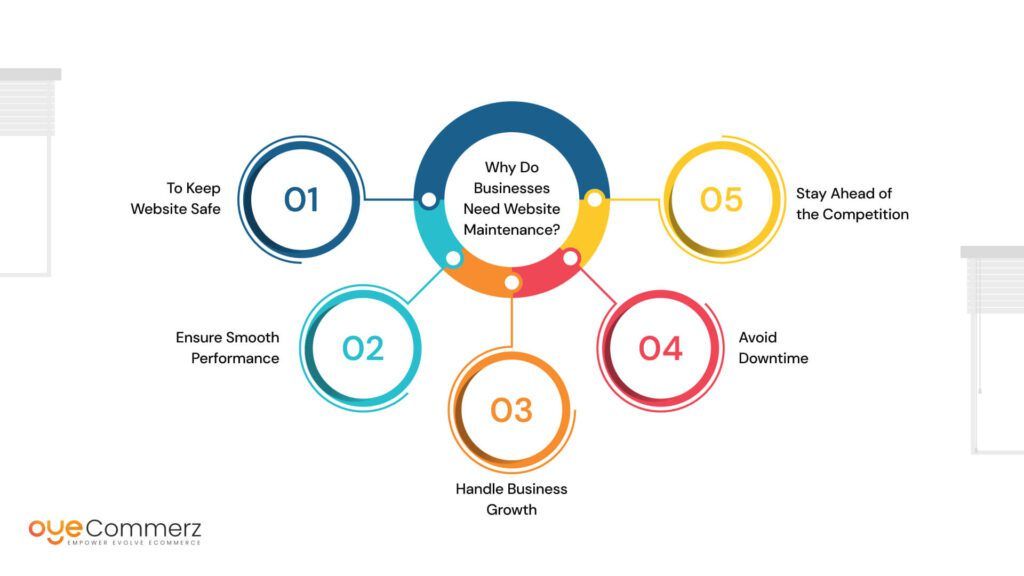In the dynamic landscape of eCommerce, picking the best solution is essential for your company’s growth. If you’re currently using WP and planning a migration to an alternative, you’re not by yourself. Many businesses are switching to utilize Shopify’s powerful tools, simplicity, and scalability. This guide will guide you on the journey of migrating from WordPress to Shopify seamlessly, guaranteeing that you realize your eCommerce potential.
Why Switch from WordPress to this platform?
Prior to exploring the migration process, it’s crucial to understand why this shift can be advantageous for your digital storefront:
Intuitive Design: Shopify offers an intuitive dashboard that makes easier store operations, allowing for non-technical users.
Flexibility: As your brand develops, Shopify can accommodate increased traffic and transactions without compromising speed.
All-in-One Solutions: Shopify provides pre-installed features for SEO, analytics, payment processing, and more, eliminating the necessity for several plugins.
Advanced Safeguards: With Shopify, you benefit from advanced security measures that protect critical customer information.
Steps for a Effortless Migration
Migrating your eCommerce site from WordPress to Shopify includes multiple actions.
Here’s steps to ensure a successful transition:
Outline Your Migration Plan
Start by drafting your migration plan. Identify which aspects of your present site you want to migrate, such as:
Item details
Client data
Purchase logs
Posts
Pick the Best Migration Option
Depending on your requirements, select a migration plan that fits your business. Migration experts offers several plans:
Starter Package: Perfect for compact stores with fewer products.
Standard Migration Package: Recommended for growing businesses with intermediate demands.
Advanced Plan: Perfect for big stores demanding extensive customization.
Save Your Data
Prior to starting the migration, make sure that you have a full backup of your WP site. This action is essential in the event anything goes wrong during the move.
Retrieve Your Data from WP
Leverage tools or custom scripts to extract critical content from your WP site:
Items
Users
Orders
Articles
Import Content into Shopify
When you have your data retrieved, use Shopify’s migration apps or third-party apps to transfer your data into your updated store. Verify that all information is correctly structured and arranged.
Personalize Your Shopify Site
After migrating data, customize your Shopify platform’s theme to reflect with your business goals. Consider hiring a specialist if you require complex customization.
Configure TransactionOptions and Logistics
Configure payment gateways and logistics options in Shopify to create a user-friendly purchase experience for customers.
Implement Search Engine Optimization Standards
To maintain your search engine rankings during the transition:
Implement 301 URL mappings from previous URLs to updated ones.
Update meta tags.
Optimize visual content and content for SEO.
Evaluate Your New Store
Ahead of going live, thoroughly review your new store. Identify any broken links, transaction errors, or untransferred content.
Publish Your Site
When everything is in place, it’s the opportunity to launch! Announce the transition to your clients and motivate them to explore the updated features of your Shopify store.
Post-Migration Guidance
Even after launching your Shopify store, regular help is important. Consider partnering with service providers upgrade your eCommerce platform who can help with:
Troubleshooting
Marketing strategies
Improvement strategies
Conclusion
Migrating from WP to this platform can be a transformative decision for your digital business. By following this guide and working with experts like those offered by dedicated providers, you can ensure a effortless transition that boosts your business potential. Embrace the shift and discover the potential Shopify content optimization of Shopify today!
